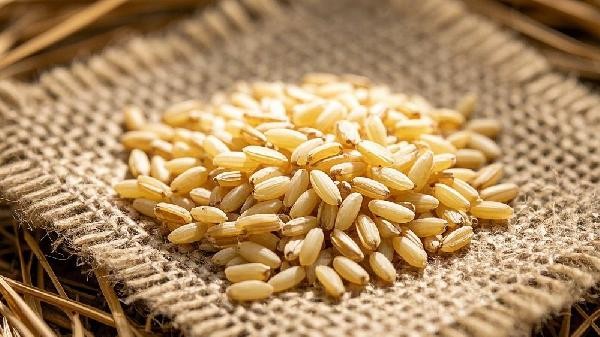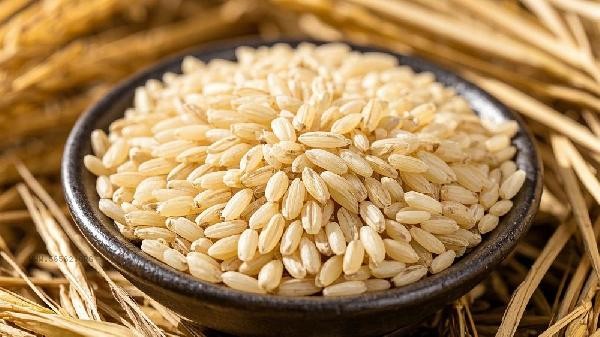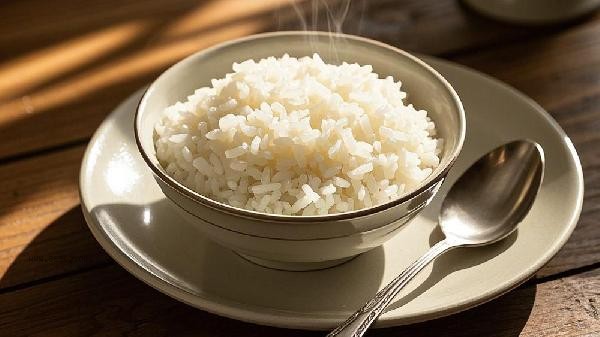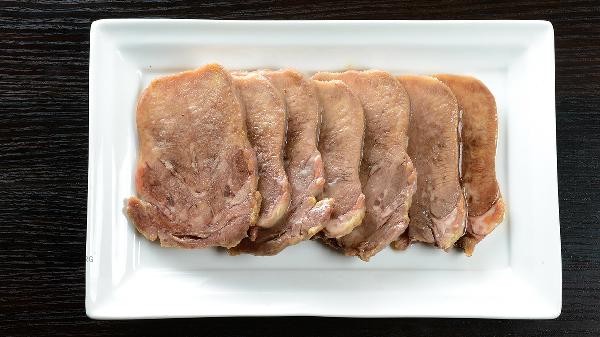The recommended ratio for five colored brown rice is 20% each for black rice, red rice, brown rice, oat rice, and buckwheat rice. Five colored brown rice is mainly composed of five grains: black rice, red rice, brown rice, oat rice, buckwheat rice, etc. When pairing, it is necessary to consider nutritional balance and taste coordination. In the common mix of five colored brown rice, black rice is rich in anthocyanins and iron elements, which help with antioxidant and blood supplementation; Red rice contains a high amount of vitamin B and zinc elements, which can promote metabolism; Brown rice retains intact germ and bran, with high dietary fiber content, suitable for regulating gastrointestinal function; Oat rice contains β - glucan, which helps control blood sugar; Buckwheat rice contains rutin and plant protein, which are beneficial for cardiovascular health. This balanced ratio can balance the intake of multiple nutrients while maintaining a moderate texture.

The proportion can be adjusted when there are special needs. People with weak gastrointestinal function can reduce the proportion of brown rice and buckwheat rice to 15%, and increase oat rice to 30% to improve digestibility; Diabetes patients can increase the proportion of black rice and buckwheat rice to 25%, taking advantage of its low glucose content; Iron deficient individuals can increase black rice to 30%, enhancing the effect of iron supplementation. When adjusting, attention should be paid to extending the overall soaking time to ensure consistent taste.

It is recommended to soak the five colored brown rice for at least 3 hours before consumption, with a water volume of 1.5 times that of the rice. It is better to use an electric rice cooker to cook in the mixed grain mode. Pairing fresh vegetables with high-quality protein foods can enhance nutrient absorption, and it is recommended to consume 3-4 times a week. Patients with gastrointestinal sensitivity should start with a small amount and gradually adapt to dietary fiber intake for the first time. When storing, it is necessary to seal and prevent moisture to prevent grain oxidation and deterioration.









Comments (0)
Leave a Comment
No comments yet
Be the first to share your thoughts!